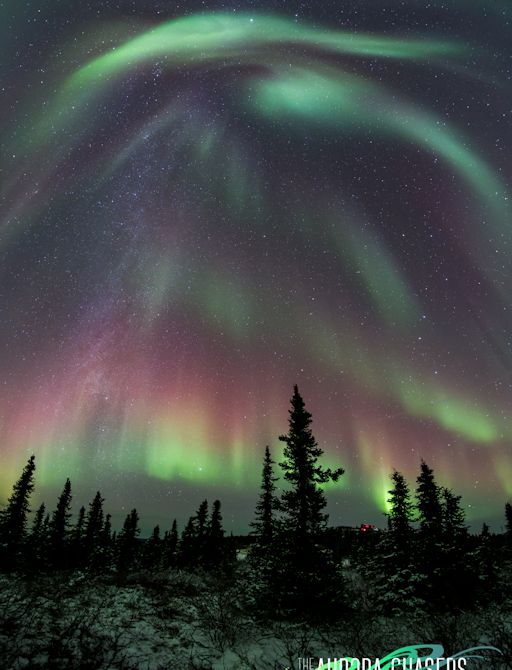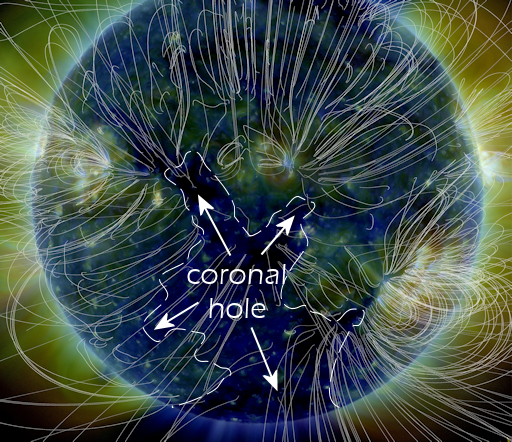Typically this month has 28 days, but not this year. This time around we will have 29, go ahead check your calendar.
When this happens, its known as a leap year. Instead of having 365 days we will end up with 366. But why?
 What is a leap year?
What is a leap year?
A leap year gets one extra day to keep our calendars in working order. It keeps the seasons and holidays happening at the same time. Without knowing the start of spring for example, farmers would have a difficult time knowing when to seed.
A typical year, to be precise,consists of 365 days, five hours, 48 minutes and 45 seconds. This is how long it takes the earth to go around the sun once. But Mother Earth is slowing down. If this process continues unchecked for hundreds of years, Halloween may end up
falling on November 2nd! After 750 years for example, June would start in the middle of winter.
How did we correct it?
Very long story, but even thousands of years ago, a Greek
astronomer by the name of Hipparchus, realized something had to be done. He did the math and figured out if 1 extra day was added every 4 years, he could compensate for the slowdown allowing all the holidays and seasonal changes to take place on the same dates.
Problem solved?
Not quite, nothing is ever that simple. When you factor in the earth's orbit, it's rotational speed slowing down, etc...more adjustments needed to be made. We know about the Leap Years, but every so often we need to add an extra second to the year. (Here's where it gets a tad complicated)
Leap seconds!
The first leap second was added in 1972. Back then we were about 10 seconds behind where we should be, according to the Atomic Clock (don't ask). Since then, we've added 26 leap seconds to accommodate the earth's slow down. (Don't we all slow down when we get old?) The last time we added a leap second was June 30th, 2015.
So we're back on track?
Kind of. (Here comes the headache) Because time and earth's orbit are not 100% precise, this whole business of adding an extra day every 4 years gets thrown out the window, every 100 years.
Every 400 years we go back to adding the extra day. But not always so. For example in the year 2000, which was also a leap year, we should have gone back to skipping the extra day. But, here we go, since it was also divisible by 400, the 100 year rule was ignored.
Experts say, "This long-term solution
creates an average year length of 365.2425 days, still slightly off the
required target of 365.2421897 days, making even this complicated modern
arrangement incorrect by one day over a period of just under 4,000
years."
I need a drink! Enjoy the extra day!







